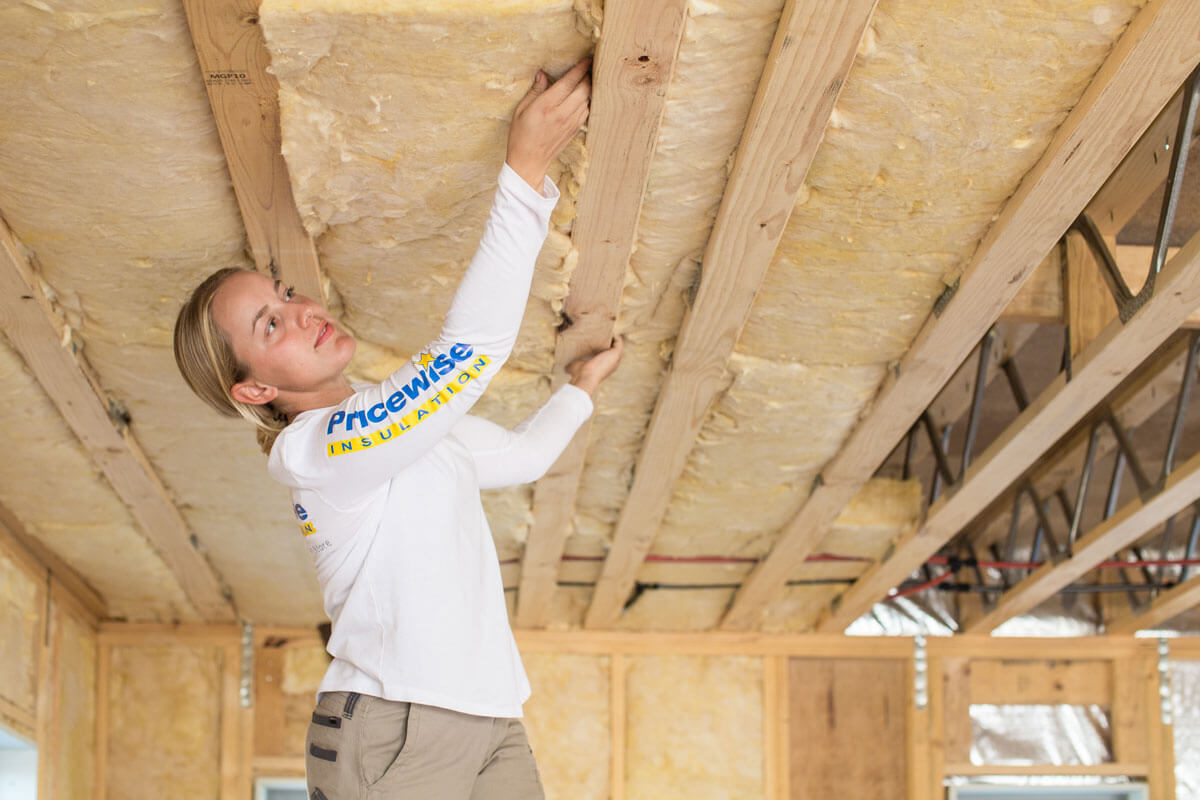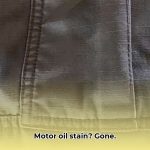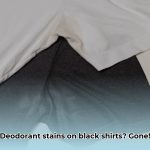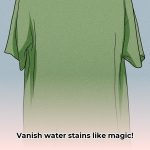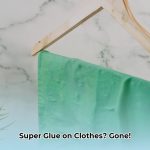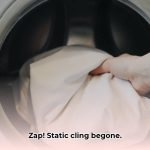Want a warmer home in winter and a cooler one in summer without emptying your wallet? Batt insulation offers a cost-effective way to significantly improve your home’s energy efficiency, leading to lower utility bills and a smaller carbon footprint. This comprehensive guide covers everything you need to know about batt insulation—from understanding its types and benefits to choosing the right R-value and mastering installation techniques. Whether you’re a DIY enthusiast or plan to hire a pro, this guide will empower you to make informed decisions and create a more comfortable and efficient home.
Understanding Batt Insulation
Batt insulation is a flexible, pre-cut insulation material designed to fit snugly between the framing members (studs, joists, and rafters) in your home’s walls, floors, attics, and ceilings. Think of it as a cozy blanket for your house, trapping heat in during winter and keeping cool air inside during summer.
What is Batt Insulation Made Of?
Batt insulation is commonly made from:
- Fiberglass: The most common and typically most affordable option. Be mindful of potential skin and lung irritation during installation; always wear appropriate protective gear.
- Mineral Wool (Rock Wool and Slag Wool): Offers superior fire resistance and sound-dampening qualities compared to fiberglass. It’s generally less irritating to handle than fiberglass.
- Natural Fibers (Cotton): An eco-friendly option made from recycled materials, appealing to environmentally conscious homeowners. However, it’s typically more expensive than fiberglass or mineral wool.
Batt Insulation Forms and Functions
Batt insulation comes in two main forms:
- Rolls: Long, flexible blankets, ideal for covering large areas and working around obstructions in attics and crawl spaces.
- Pre-cut Batts: Rectangular sections designed to fit perfectly between standard framing spaces in walls and floors, simplifying installation.
Choosing the right form depends on the location and complexity of your project. Rolls offer more flexibility, while batts provide a more precise fit in standard cavities.
Furthermore, batts can be either faced or unfaced:
- Faced Batts: Have a paper or foil backing which acts as a vapor barrier, protecting against moisture buildup, crucial for exterior walls and attics.
- Unfaced Batts: Used for interior walls or when adding insulation over existing faced batts.
Choosing the Right Batt Insulation
Choosing the right batt insulation involves considering several factors:
R-Value: Understanding Thermal Resistance
The R-value measures insulation’s resistance to heat flow—the higher the number, the better the insulation. Choosing the right R-value for your climate and home’s construction is crucial for optimal batt insulation performance. Local building codes often specify minimum R-values, so be sure to check your area’s requirements. Tired of messy cords? Explore the cordless freedom of a battery finish nailer for a smoother installation experience.
Material Selection: Balancing Cost and Performance
Each material offers a unique balance of cost, performance, and environmental impact:
- Fiberglass: Economical and widely available, but requires careful handling due to potential irritation.
- Mineral Wool: Offers better fire resistance and soundproofing but comes at a slightly higher price.
- Cotton: Environmentally friendly, but generally the most expensive option.
Consider your budget, desired performance characteristics, and personal preferences when selecting the material.
Faced vs. Unfaced: Moisture Control
Proper moisture management is crucial for preventing mold, mildew, and structural damage. Faced batts with a vapor barrier are essential for exterior walls, attics, and crawl spaces. Unfaced batts are suitable for interior walls or when adding insulation over existing faced insulation.
Size and Thickness: Ensuring a Snug Fit
Batts are designed to fit snugly between standard framing sizes (e.g., 2×4, 2×6). Choose the correct thickness to maximize performance and avoid compression, which reduces effectiveness.
Installing Batt Insulation: A DIY Guide
Installing batt insulation can be a DIY project, especially in new construction or open wall cavities. However, retrofitting existing walls can be more challenging and may benefit from professional expertise.
Safety First: Protecting Yourself During Installation
Always wear protective gear, including gloves, a mask, and goggles, especially when working with fiberglass.
Step-by-Step Installation Instructions:
-
Measure and Cut: Accurately measure the space between framing members and cut batts to fit snugly, minimizing gaps. A sharp utility knife or insulation saw is recommended.
-
Install the Batts: Place the batts between framing members, ensuring a snug fit without compression. For faced batts, ensure the vapor barrier faces the conditioned (living) space.
-
Seal the Seams: Overlap faced batts at the seams and seal them with insulation tape to create a continuous vapor barrier.
-
Work Around Obstructions: Carefully cut and fit insulation around wiring, plumbing, and other obstacles, maintaining complete coverage.
Batt Insulation vs. Other Options
Batt insulation is a versatile choice, but other insulation types exist:
- Blown-in Insulation: Loose-fill insulation blown into cavities, ideal for irregular spaces and attics.
- Spray Foam Insulation: Expands to fill cavities, creating an airtight seal and offering the highest R-value per inch. However, it’s typically the most expensive option.
- Rigid Foam Insulation: Comes in rigid boards and is often used for exterior sheathing or foundation insulation. Transform your bathroom into a spa-like oasis with inspiring bathtub tile surround ideas and consider adding insulation during the renovation.
A table summarizing the comparison of these insulations is provided in the next section.
Choosing the Right Insulation: A Comprehensive Comparison
| Insulation Type | Pros | Cons |
|---|---|---|
| Batt | Cost-effective, DIY-friendly, readily available | Lower R-value per inch than spray foam |
| Blown-in | Fills irregular spaces well, good for attics | Can settle over time, potentially reducing effectiveness |
| Spray Foam | High R-value, airtight seal, excellent moisture barrier | More expensive, often requires professional installation |
| Rigid Foam | Good for exterior sheathing, adds structural strength | Can be brittle, not ideal for all applications |
Maximizing Energy Savings with Batt Insulation
To maximize the effectiveness of your batt insulation:
- Ensure a Snug Fit: Avoid gaps and compress batts.
- Seal All Seams and Cracks: Use caulk or sealant to prevent air leaks.
- Maintain Proper Ventilation: Adequate ventilation is crucial to prevent moisture buildup, especially in attics and crawl spaces.
Benefits of Batt Insulation
Investing in batt insulation offers numerous advantages:
- Lower Energy Bills: Reduced heat transfer means less energy wasted on heating and cooling.
- Increased Comfort: More consistent indoor temperatures and fewer drafts.
- Improved Sound Dampening: Batt insulation can help reduce noise transmission.
- Enhanced Home Value: Energy-efficient homes are attractive to buyers.
- Reduced Carbon Footprint: Lowering energy consumption contributes to a smaller environmental impact.
Disadvantages of Batt Insulation
While batt insulation offers many benefits, it’s essential to consider potential drawbacks:
- Health Concerns: Fiberglass batts can irritate skin, eyes, and lungs. Always wear protective gear during installation.
- Installation Challenges: Achieving a perfect airtight seal can be tricky, especially around obstructions. Improper installation reduces effectiveness.
- Moisture Sensitivity: Batt insulation can lose its effectiveness if it gets wet. Proper vapor barriers are essential.
- Lower R-Value per Inch: Compared to spray foam, batt insulation requires more space to provide the same level of insulation.
Ongoing Research and Future Trends
Research in insulation materials and installation methods is continuously evolving. Stay informed about the latest advancements to make the best decisions for your home.
Conclusion: Making the Right Choice for Your Home
Batt insulation is a cost-effective and versatile solution for improving your home’s energy efficiency and comfort. By carefully considering the factors discussed in this guide, you can choose the right batt insulation for your specific needs and budget. Don’t hesitate to consult with professionals for personalized advice and assistance with more complex installations.
- How to Remove Water Stains from Fabric: A Complete Guide - April 26, 2025
- How to Get Motor Oil Out of Clothes: Proven Methods & Expert Tips - April 26, 2025
- How to Get Deodorant Out of Black Shirts: Easy Stain Removal Guide - April 26, 2025
